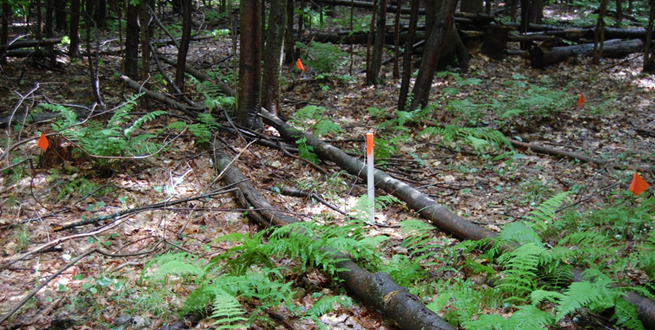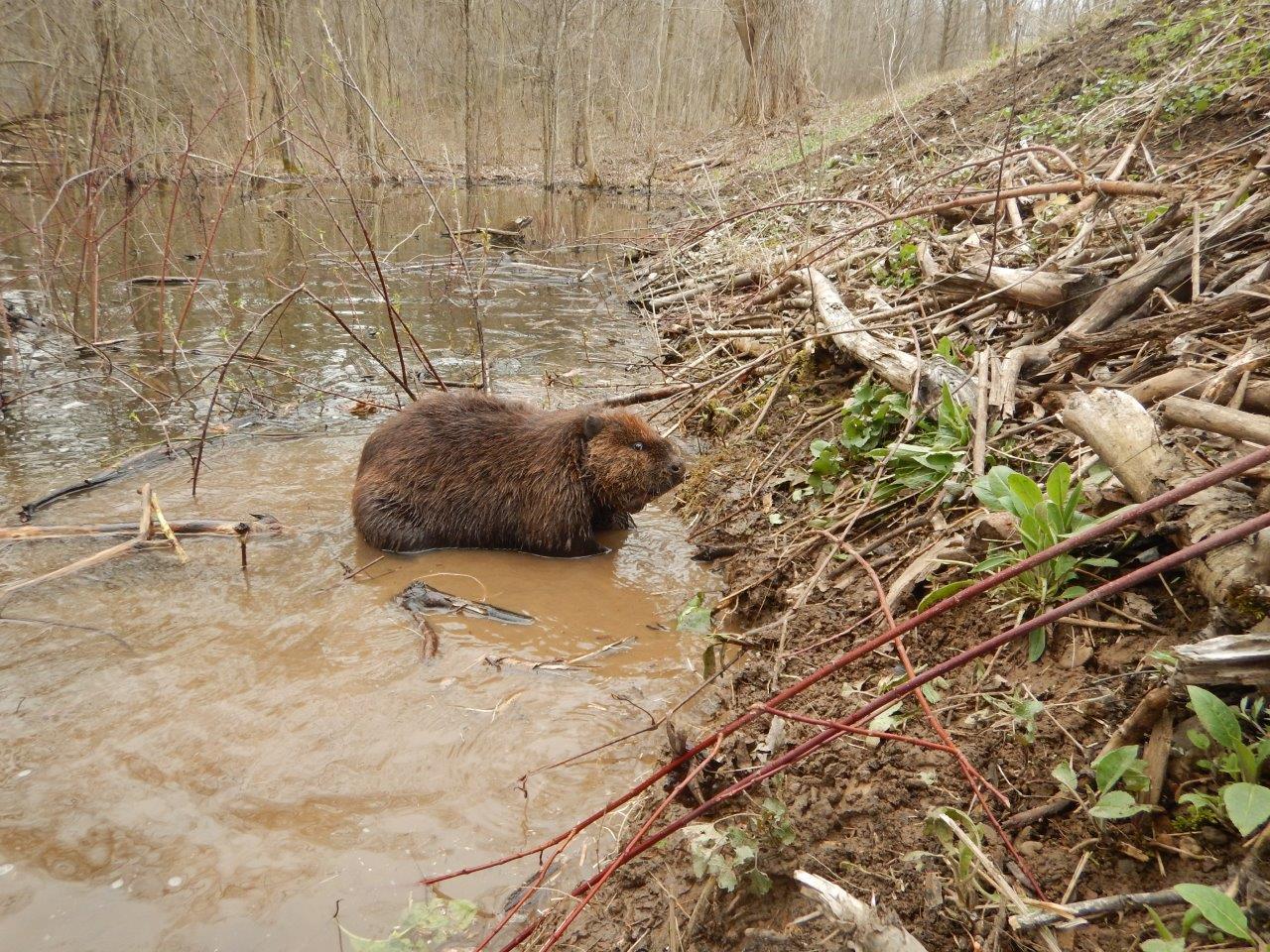New Tool for Assessing Deer Impacts; Dealing with Problem Wildlife
The New York State Department of Environmental Conservation sent this bulletin on 05/08/2018 09:58 AM EDT |
| DEC Delivers - Information to keep you connected and informed from the NYS Department of Environmental Conservation |
| Share or view as a web page || Update preferences or unsubscribe |
Hunting and Trapping Newsletter |
Assessing Vegetation Impacts from DeerDo you own, manage or care about some forested land in New York? Are you interested in finding out whether deer are threatening the future of that forest? Cornell University Cooperative Extension is offering training sessions this spring on a new, easy-to-use method for monitoring deer impacts on forests: AVID or Assessing Vegetation Impacts from Deer. DEC partnered with ecologists from Cornell University and SUNY College of Environmental Science and Forestry to develop AVID as a method for volunteers, foresters, landowners and others to measure the effect of deer browse on New York forests. If you can’t attend in-person training, all the information you need to start monitoring is also available at AVIDDeer.com and will soon be available as a smartphone app for use in the field.
Dealing with Problem WildlifeEncounters with wildlife have become more numerous as a result of urban growth into animals' natural habitat. Seeing animals in the woods can be fun, but having a skunk under the porch or a woodchuck digging up your yard is not. DEC has information available on its website to help landowners find out how to prevent and control wildlife conflicts. There, you will find nuisance wildlife information including:
If you encounter wildlife acting sick or abnormal, leave the area. Contact your local police department, animal control officer (if your town has one), or local Environmental Conservation Officer (1-844-DEC-ECOs). Encounters between people and wildlife with rabies or distemper are rare, but if there is physical contact between the animal and you or your pet such as a bite or scratch, contact your doctor or vet and the local county health department to report it. DEC has more information on wildlife health and disease on its website.
|


